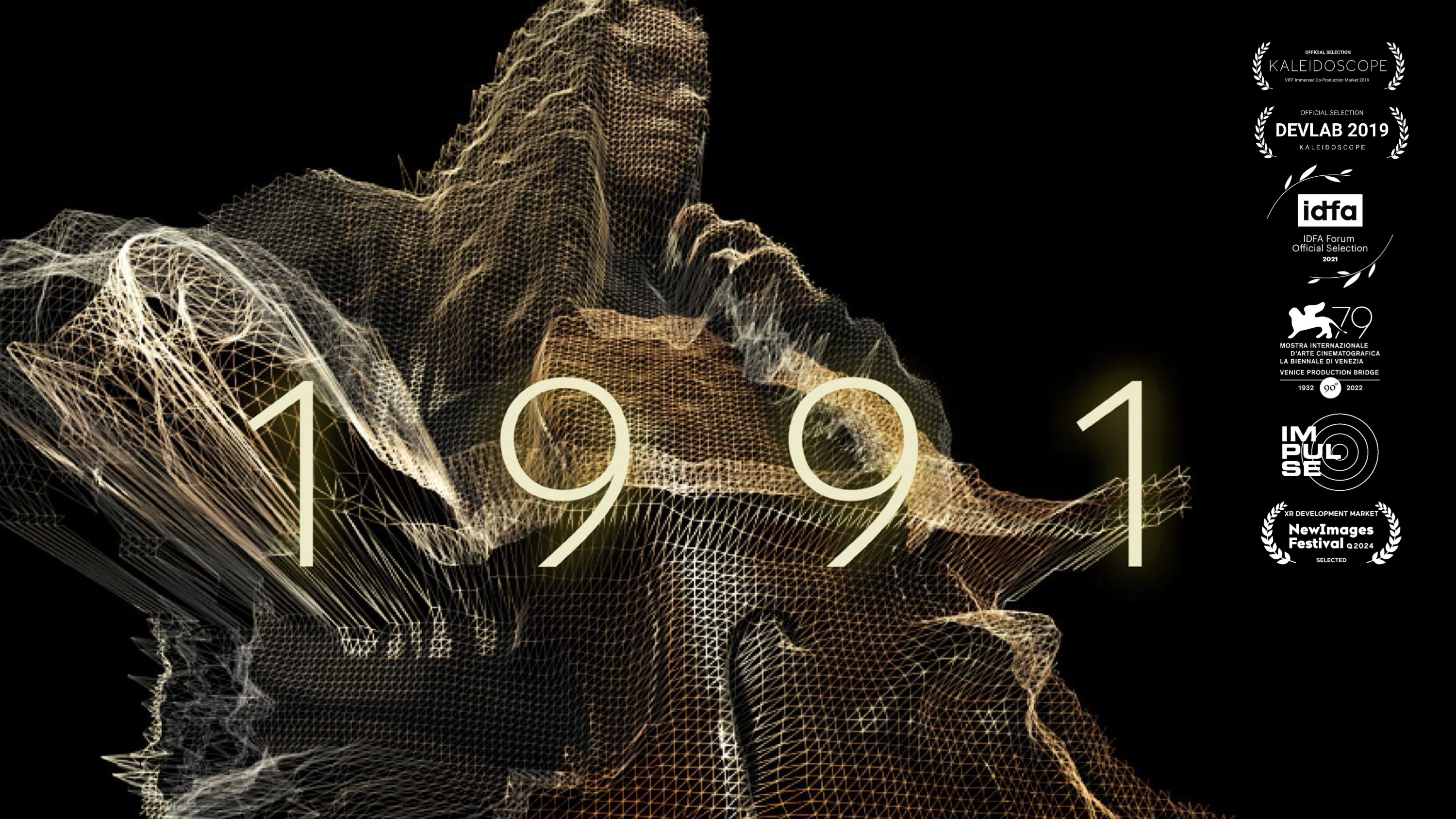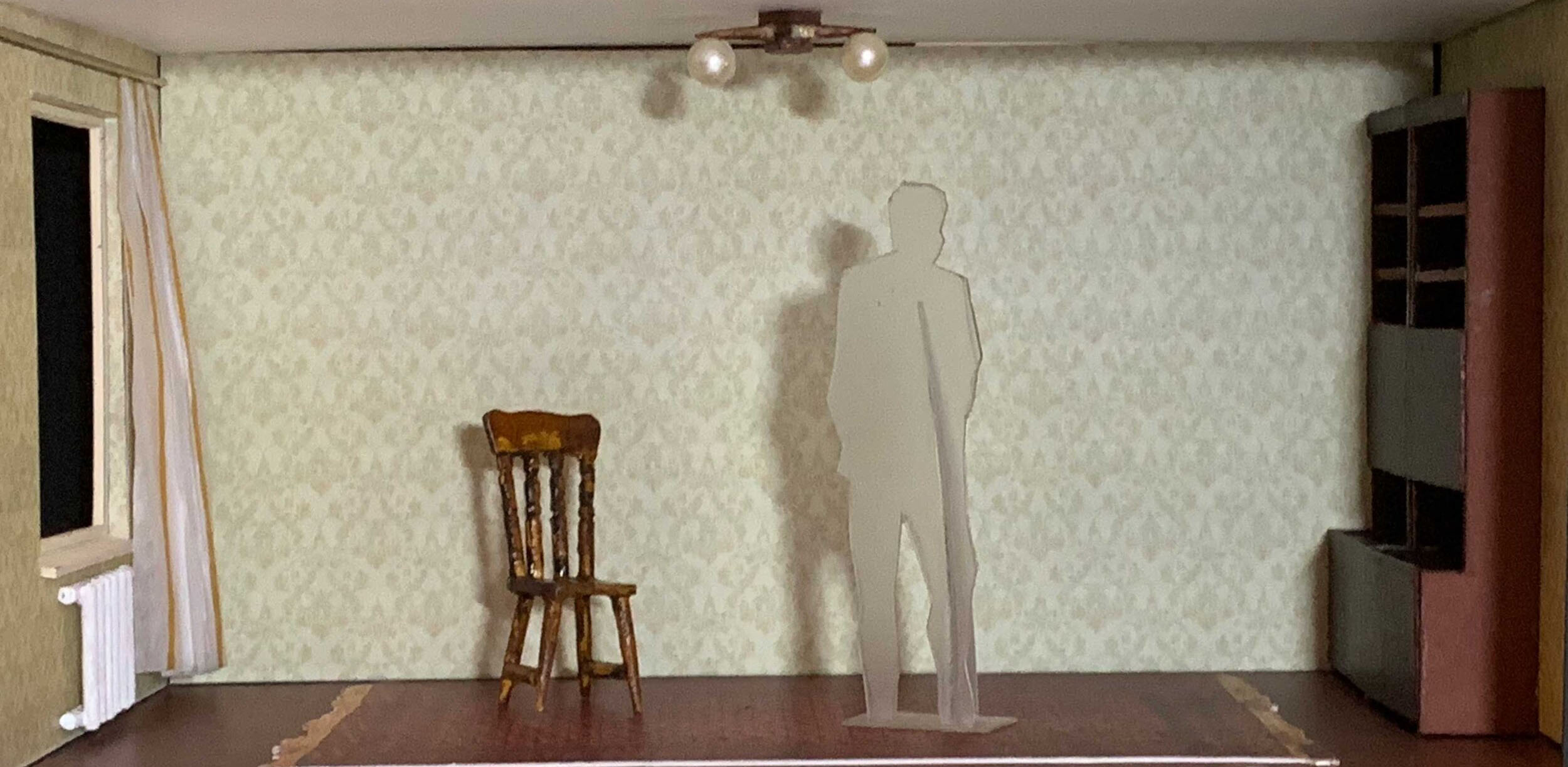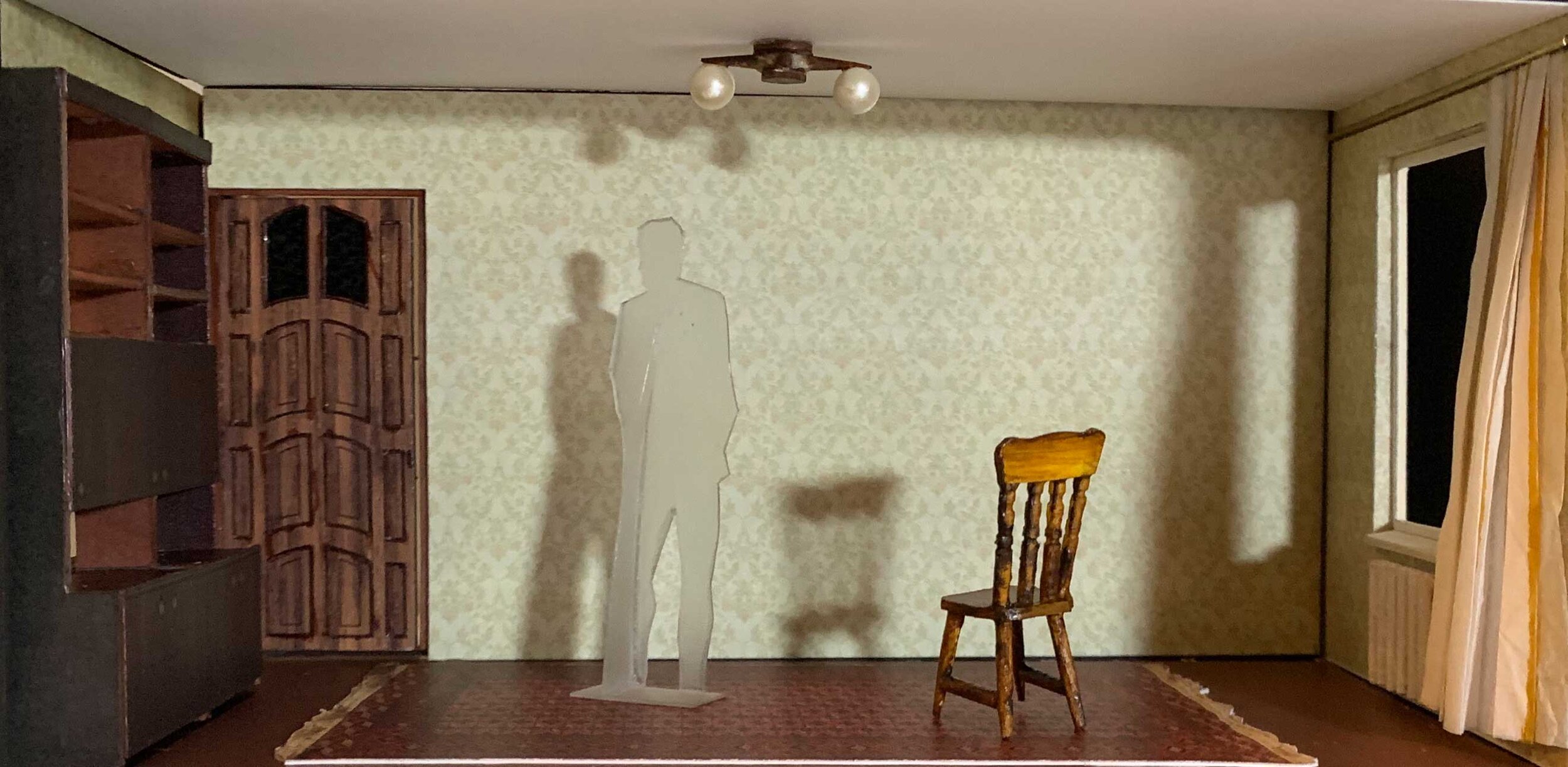1991: An Interactive Mixed Reality Documentary on Post-Soviet Trauma and Healing
Project Overview
1991 is a Mixed Reality documentary that explores the untold experiences of a family in Central Asia during the turbulent period following the collapse of the USSR. Through an innovative blend of volumetric capture, motion tracking, 3D environments, and 360-degree video, the project immerses viewers in a narrative that raises awareness of mental health issues and cultural resilience in post-Soviet countries.
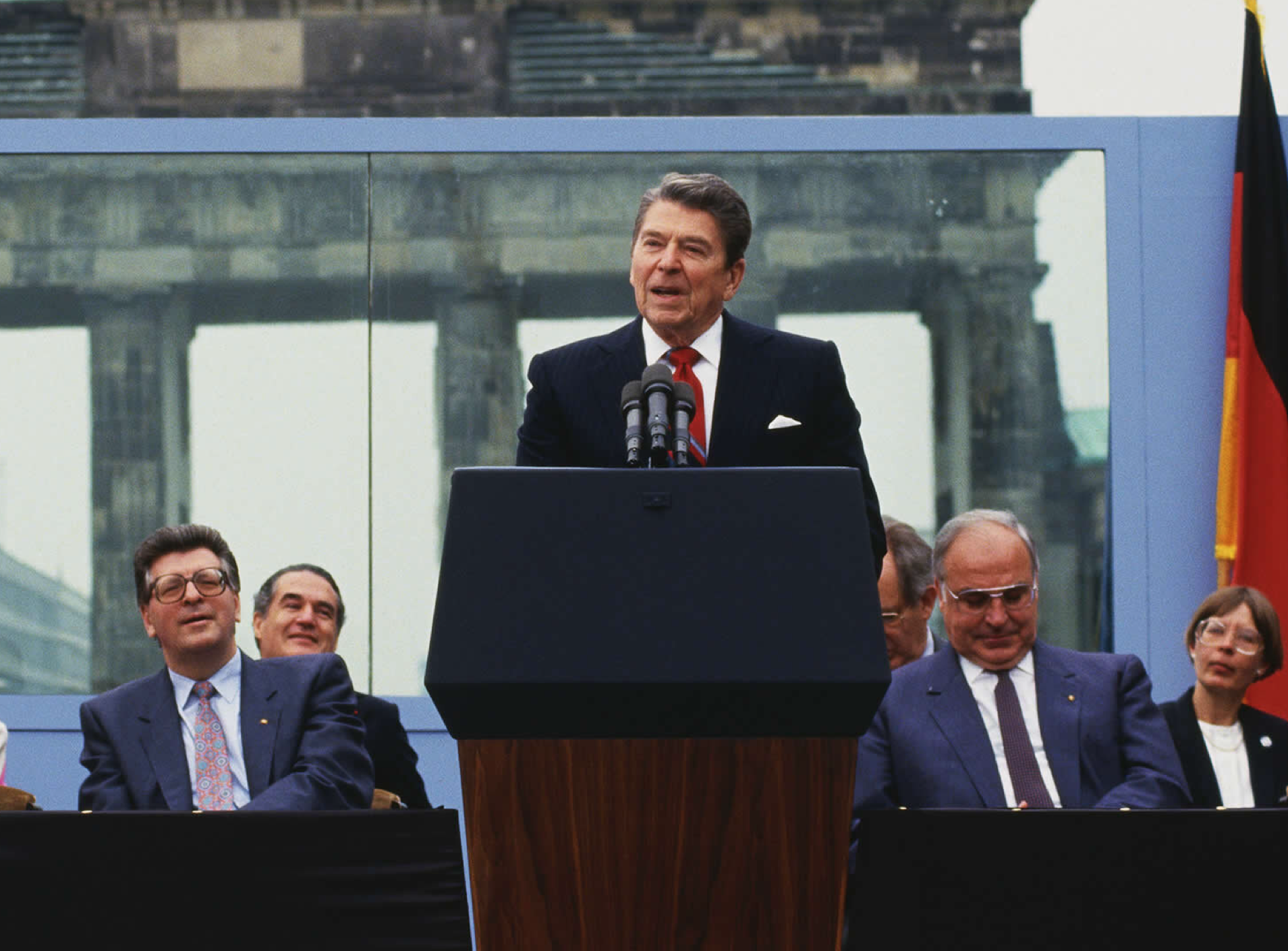
Objective of the Prototype
The prototyping phase focuses on refining the visual style, interactivity, and user experience for 1991. Using volumetric video, animated 3D environments, and immersive soundscapes, the prototype creates a compelling narrative framework. It invites audiences to explore themes of post-Soviet trauma, cultural resilience, and healing through an engaging and interactive lens.
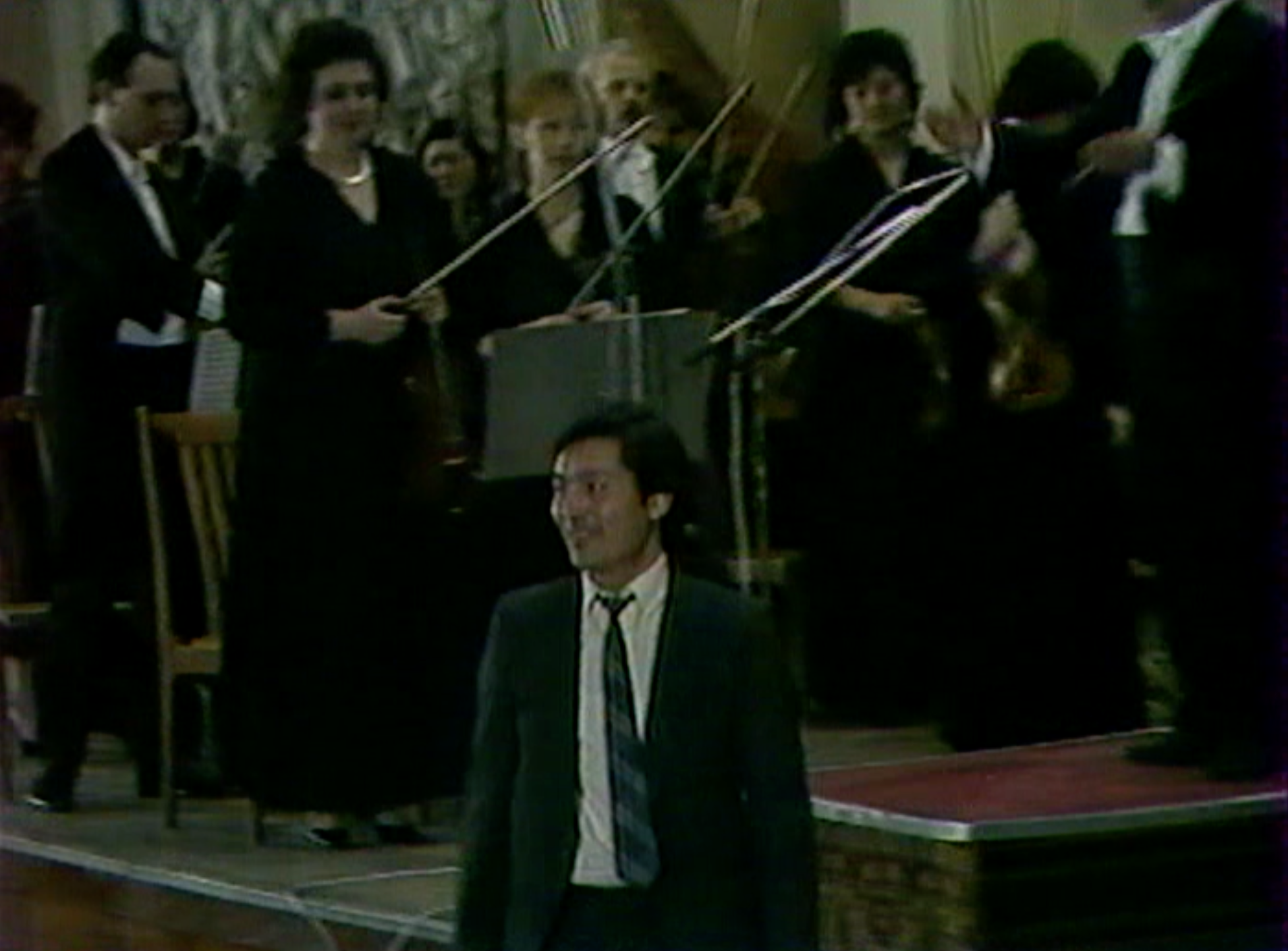
This unique perspective recounts a personal story from Turkmenistan, yet a very commonly shared history of the people’s strain of Post-Soviet countries.
Narrative Scope
This Mixed Reality experience invites audiences to witness the life of a composer who was silenced by censorship after the collapse of the Soviet Union, paralleling the cultural and political struggles faced by millions. By immersing participants in his journey from repression to artistic resurgence, 1991 initiates a dialogue on the resilience required to preserve identity and mental health amidst adversity.
Prototype Elements
Physical Installation (Onboarding)
The project will feature a physical installation that emulates the composer’s office. Designed to enhance immersion, this space serves as the entry point for participants, grounding them in the historical and emotional context of the story.
Mixed Reality Acts
Act I - Memories
Participants enter the composer’s office in MR, where they experience memories shared by his children, revealing the USSR’s collapse’s personal and emotional impacts on their family.
Act II - Depression
Volumetric captures of the disbanded orchestra create a haunting presence in VR, symbolizing the composer’s two-decade struggle with depression and artistic repression.
Act III - Transition
A vibrant, interactive kaleidoscope emerges as the composer reconnects with his music, symbolizing artistic rebirth and the transformative power of creativity.
Act IV - Awakening
This VR act immerses participants in a mural inspired by an ancient Turkmen story, celebrating music’s role in healing. It features the Third Movement of the composer’s Second Piano Sonata, performed by his daughter, visually narrating the composer’s journey from repression to renewal.
Technology and Accessibility
The prototype for 1991 incorporates multiple technologies to ensure a fully immersive and accessible experience:
Unity Engine
Used to build a room-scale VR environment that authentically recreates the composer’s office.
Volumetric Capture (Depth Kit)
Creates the ghostly orchestra performance, central to symbolizing the composer’s internal struggles.
Tilt Brush
This tool brings an ancient Turkmen tale to life, blending traditional and digital art to convey powerful cultural themes.
Community and Accessibility Commitment
1991 is committed to accessibility and inclusivity. The prototype is designed with wheelchair accessibility in mind and considers diverse abilities in user interactions. The experience will be available in multiple languages, including English and French, to reach a broad and diverse audience.
Our Team and Partnerships
Producer / Co-Director: Christina Elizabeth Borins, a Canadian immersive media expert with award-winning experience in interactive storytelling.
Writer / Co-Director: Akmyrat Tuyliyev, a Turkmen new media artist with lived experience in post-Soviet Turkmenistan.
Project Manager / Interactive Designer: Dr. Joanne Popińska, an immersive media expert whose Eastern European background adds essential context to the narrative.
Senior Programmer: Luke Ruminski, a seasoned Unity developer specializing in interactive VR experiences.
Technical Director: Tom C. Hall, an immersive media pioneer dedicated to advancing narrative technology.
Composer & Sound Design: Janal Bechthold, crafting immersive soundscapes that enhance the emotional journey of 1991.
Through collaboration with institutions like the PHI Center in Montreal, the 1991 team is prepared to prototype an experience that authentically represents Central Asian perspectives while advancing storytelling within Mixed Reality.
For inquiries, contact us at hello@1991vr.com
